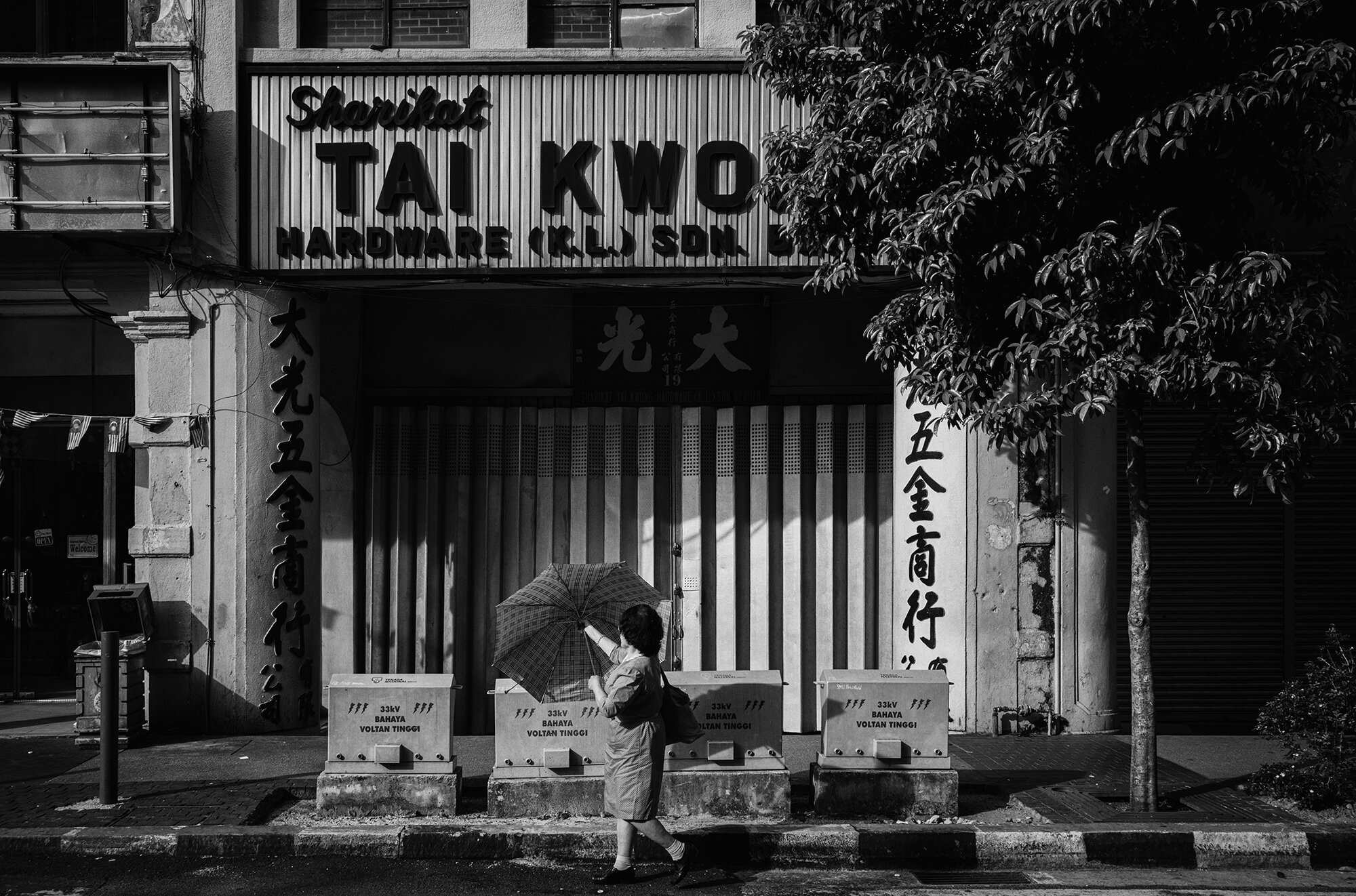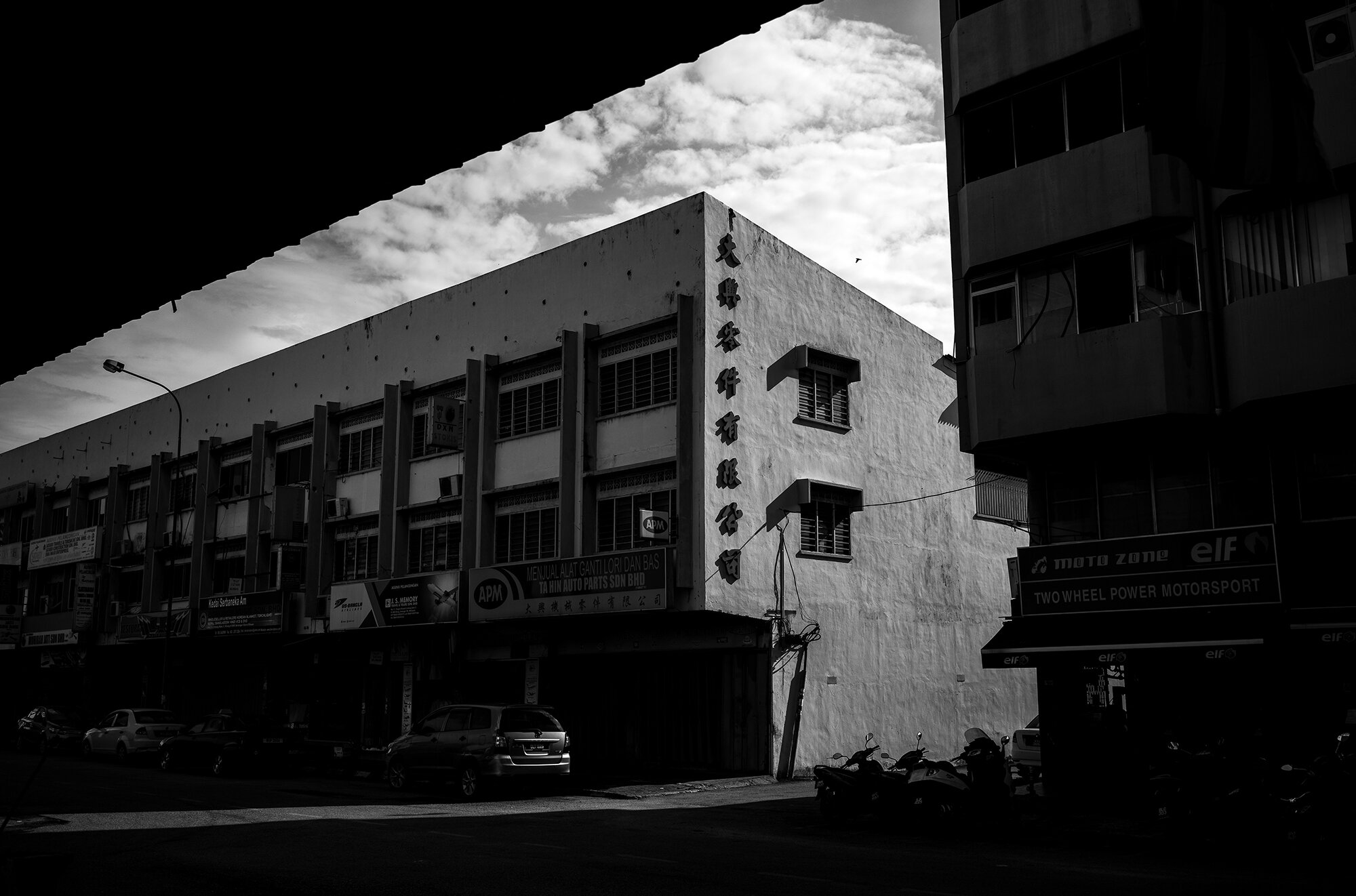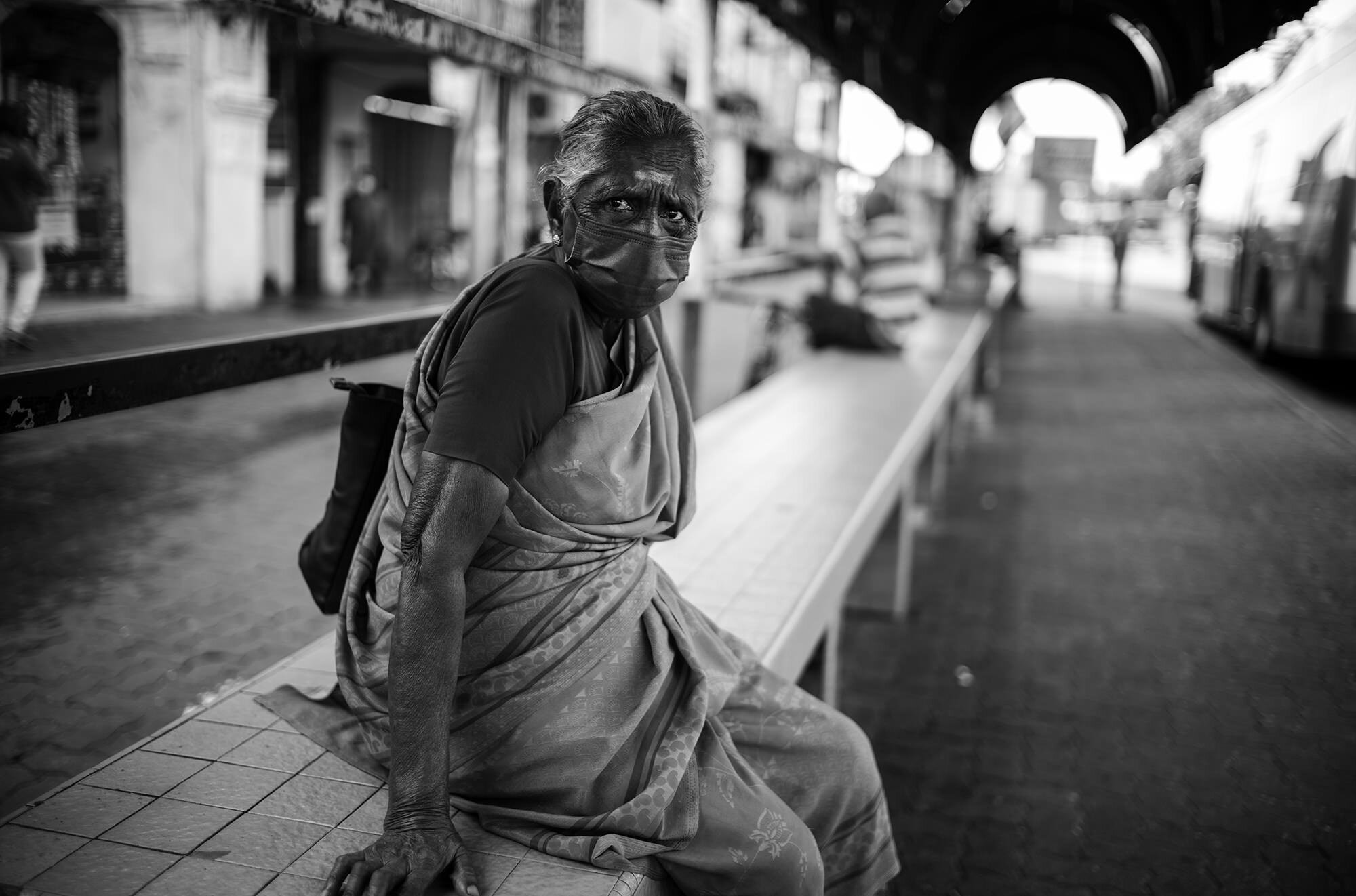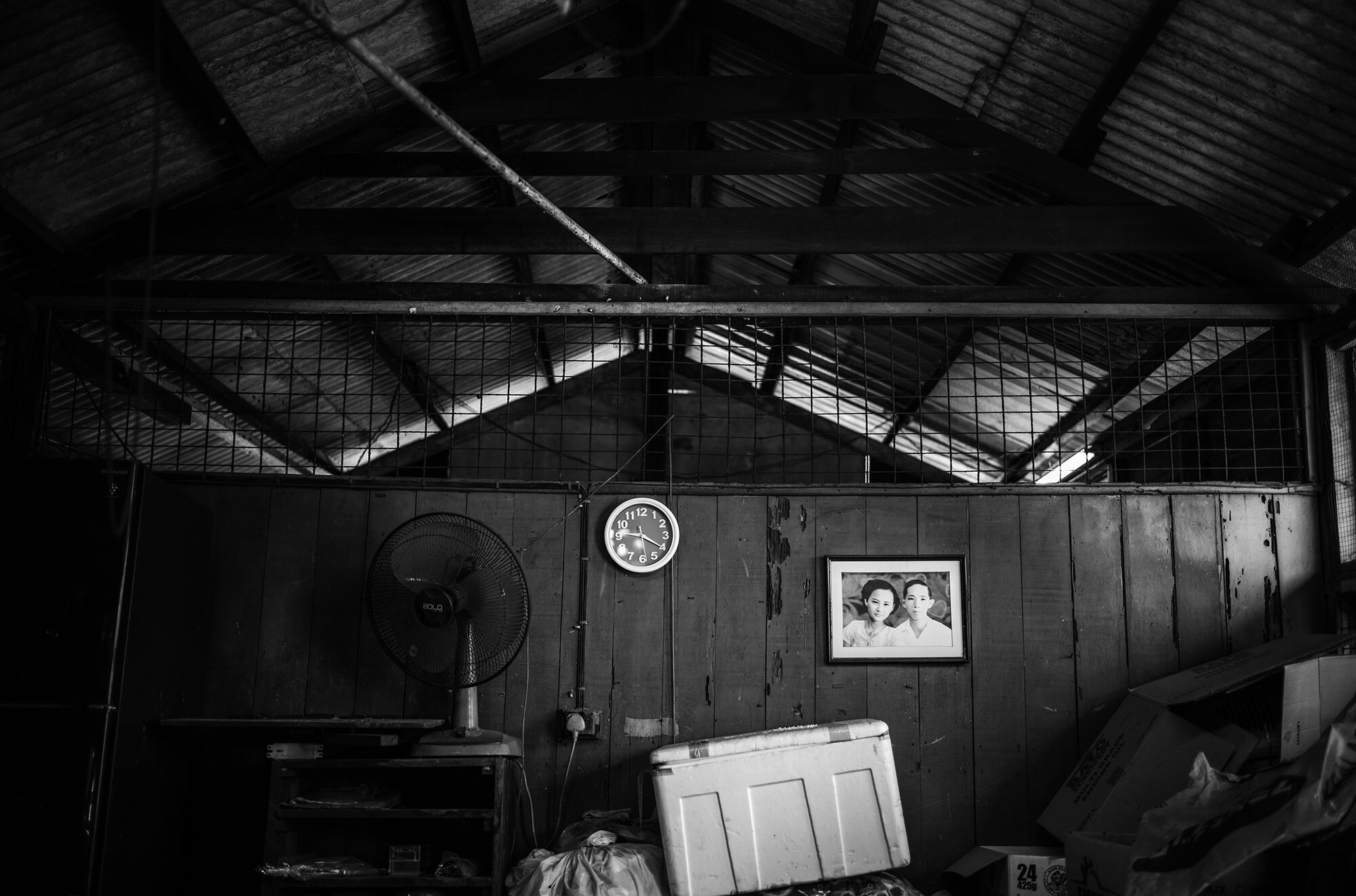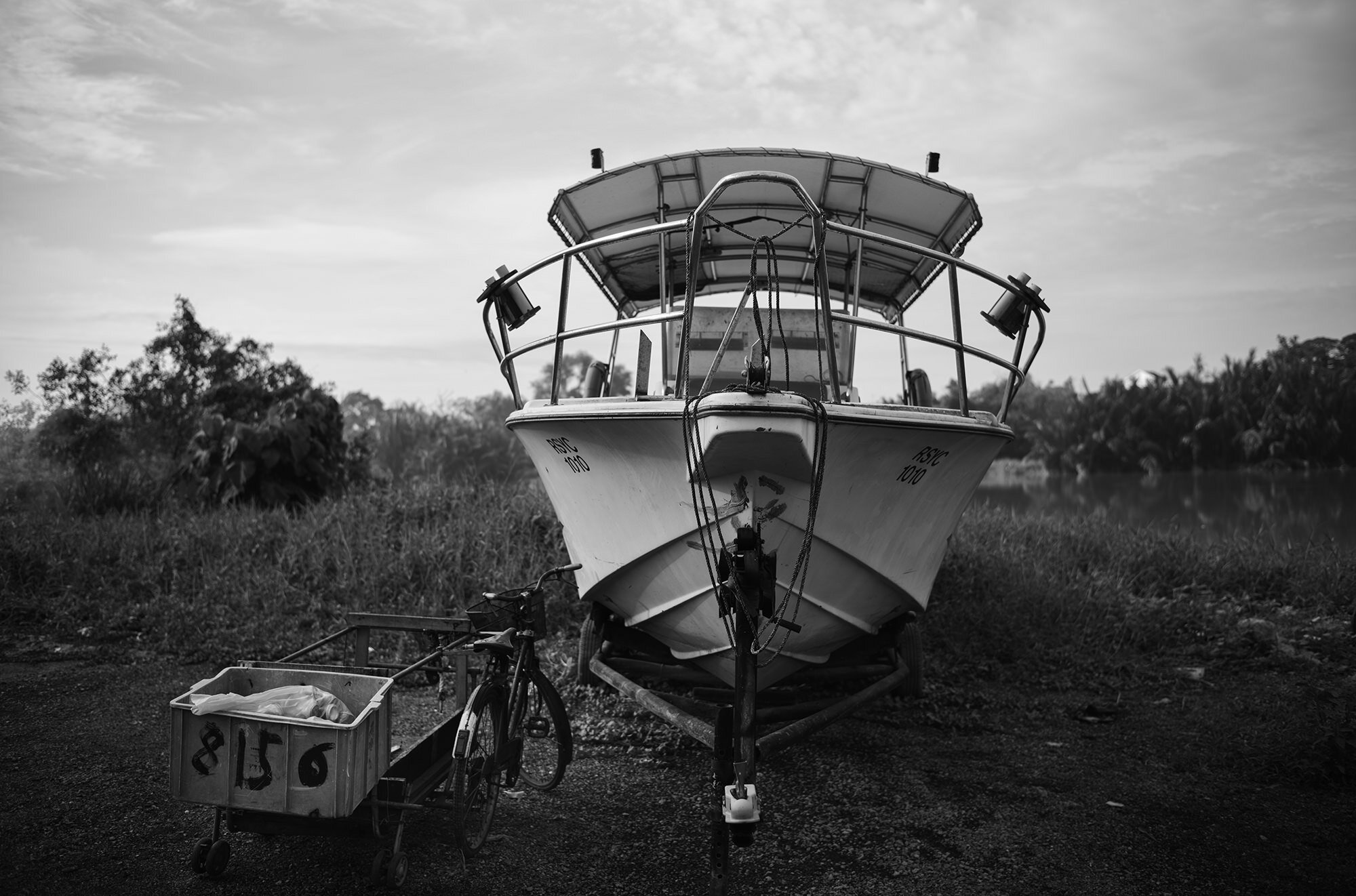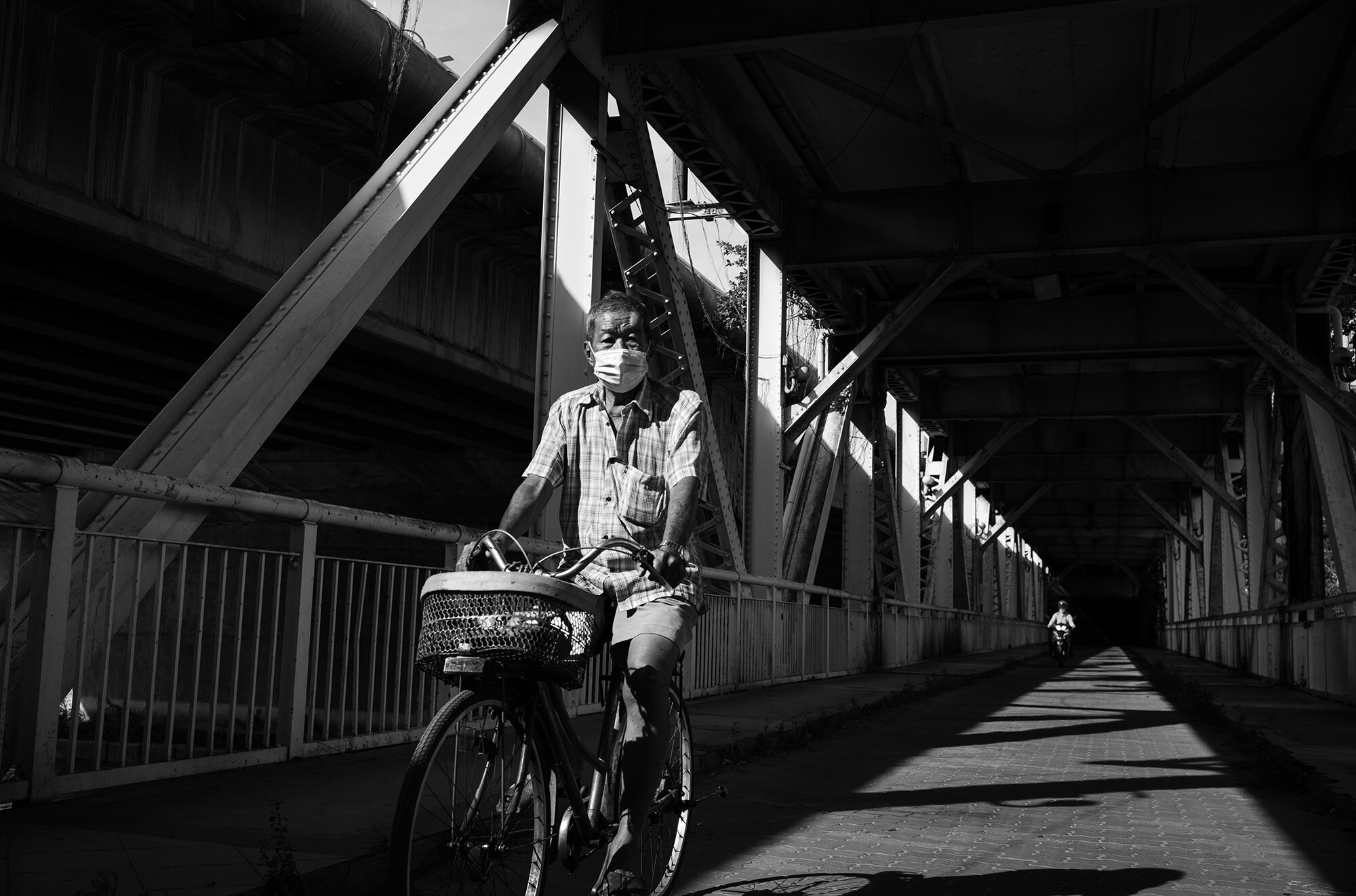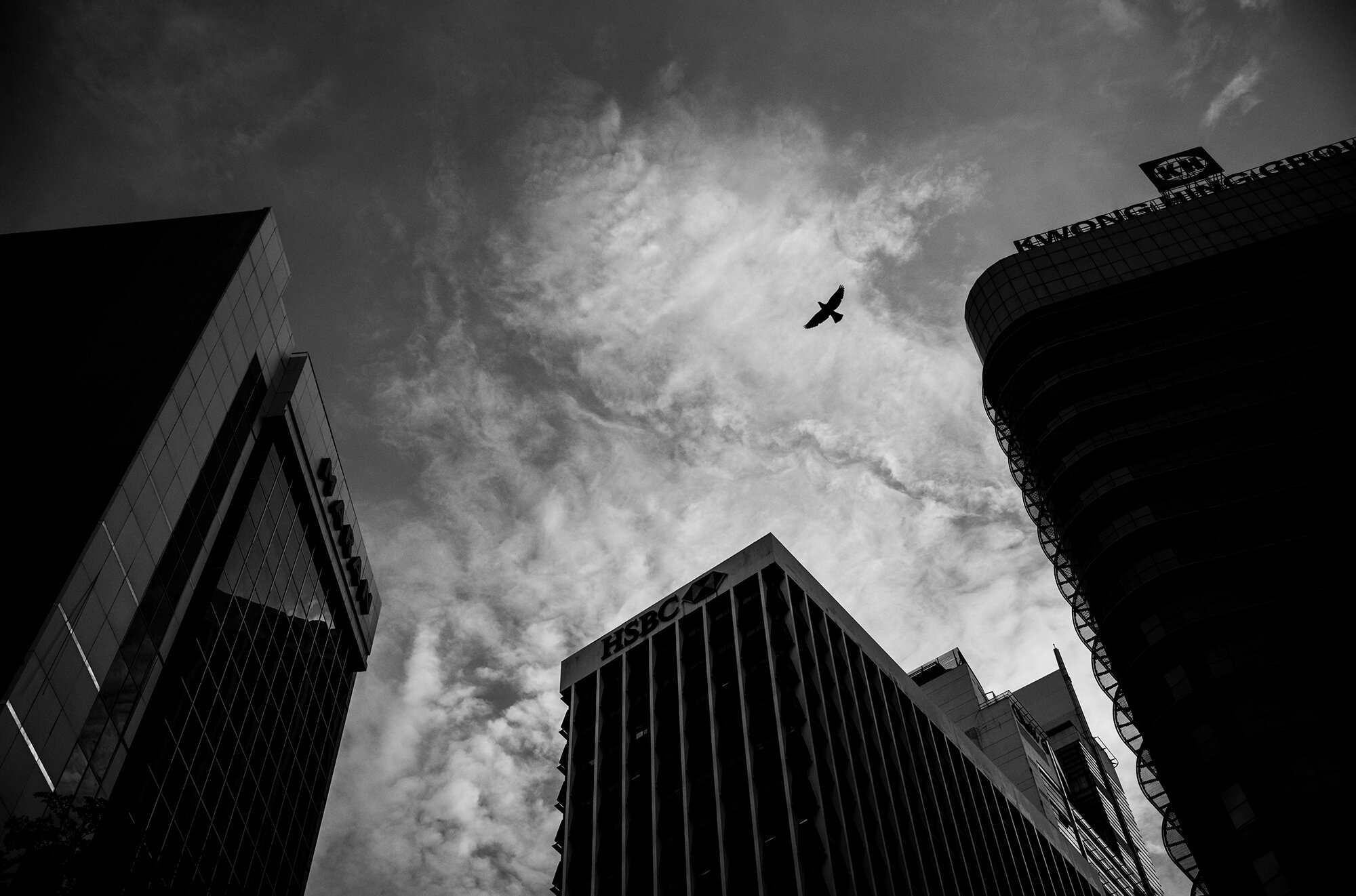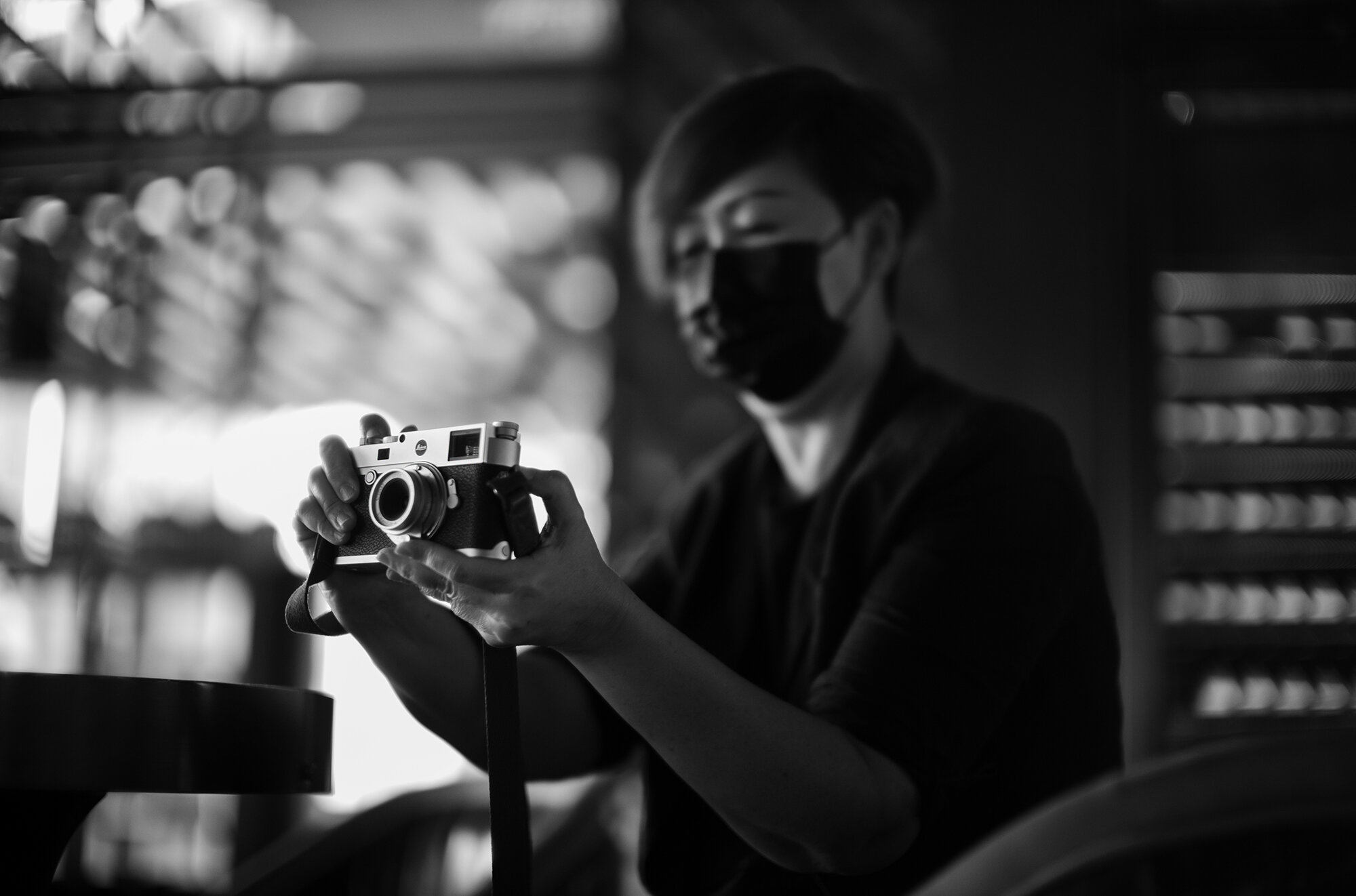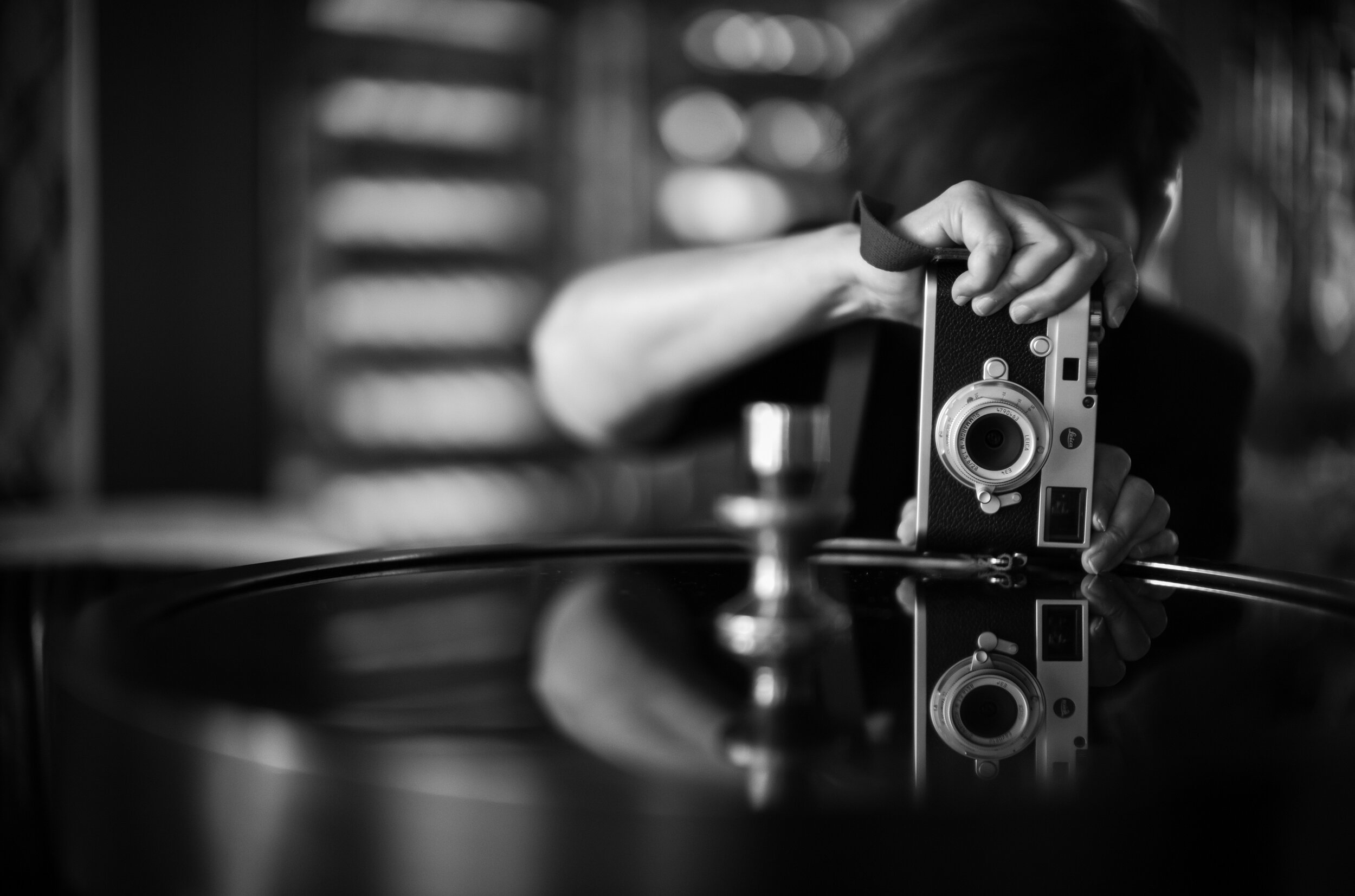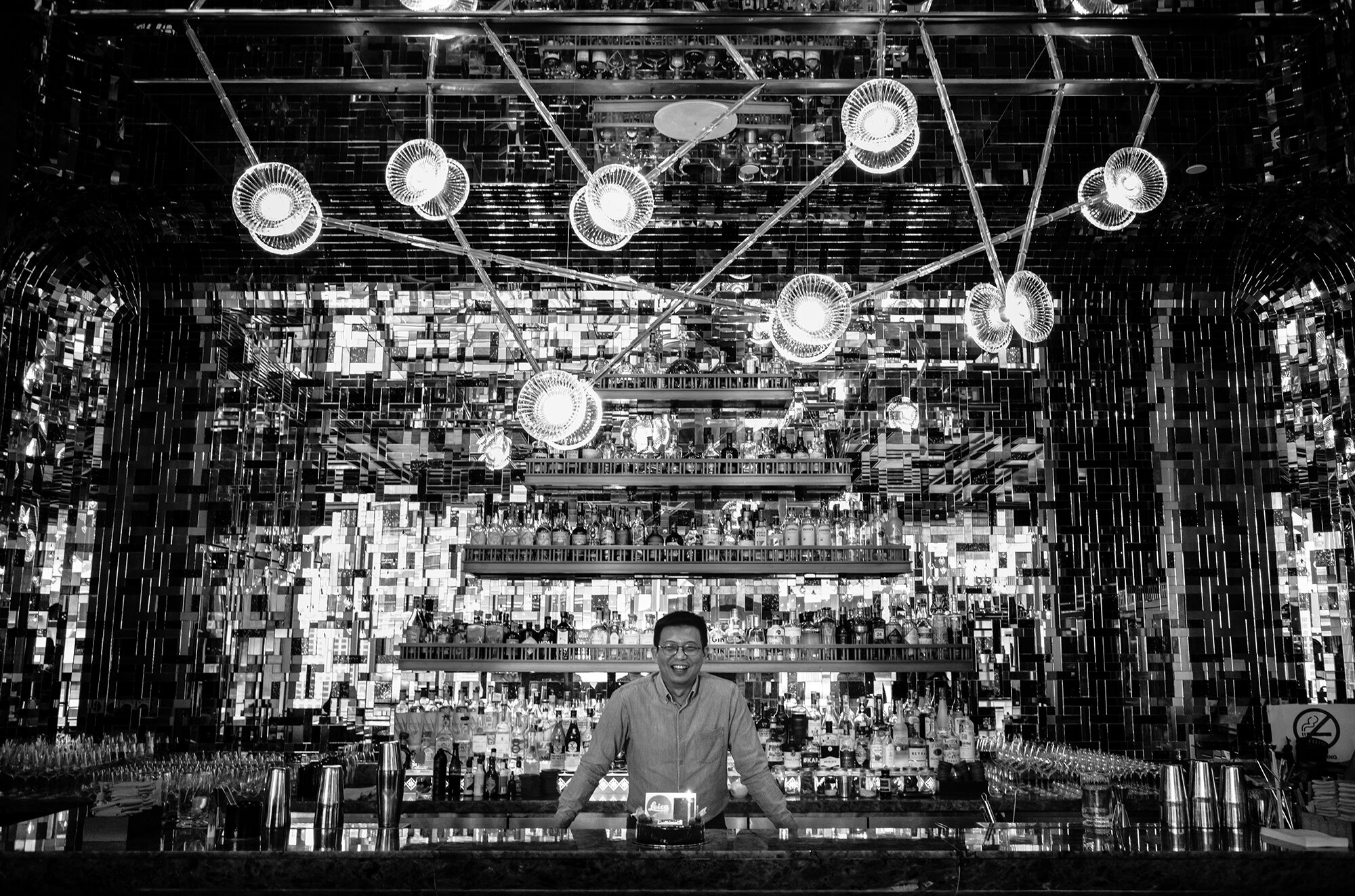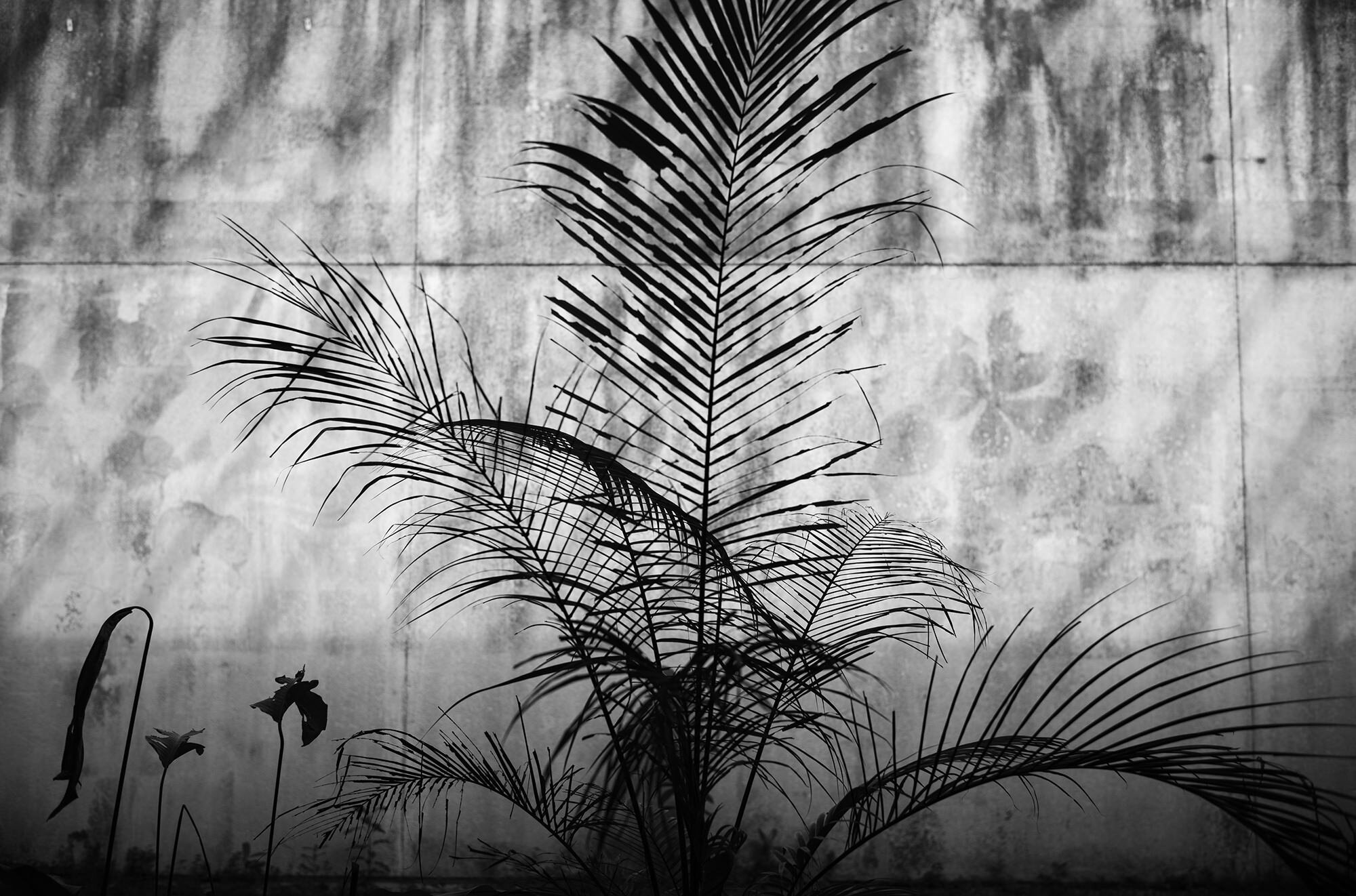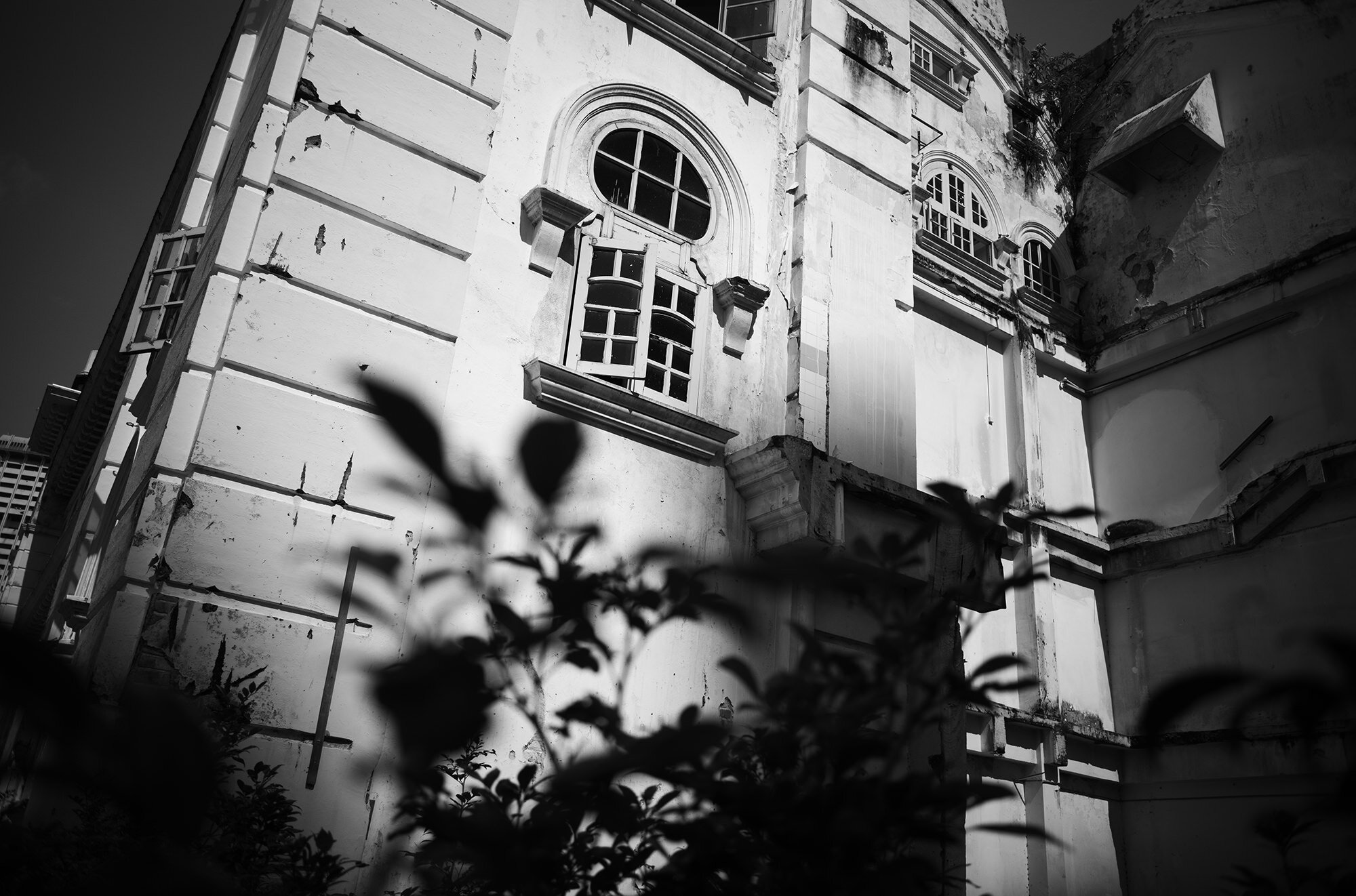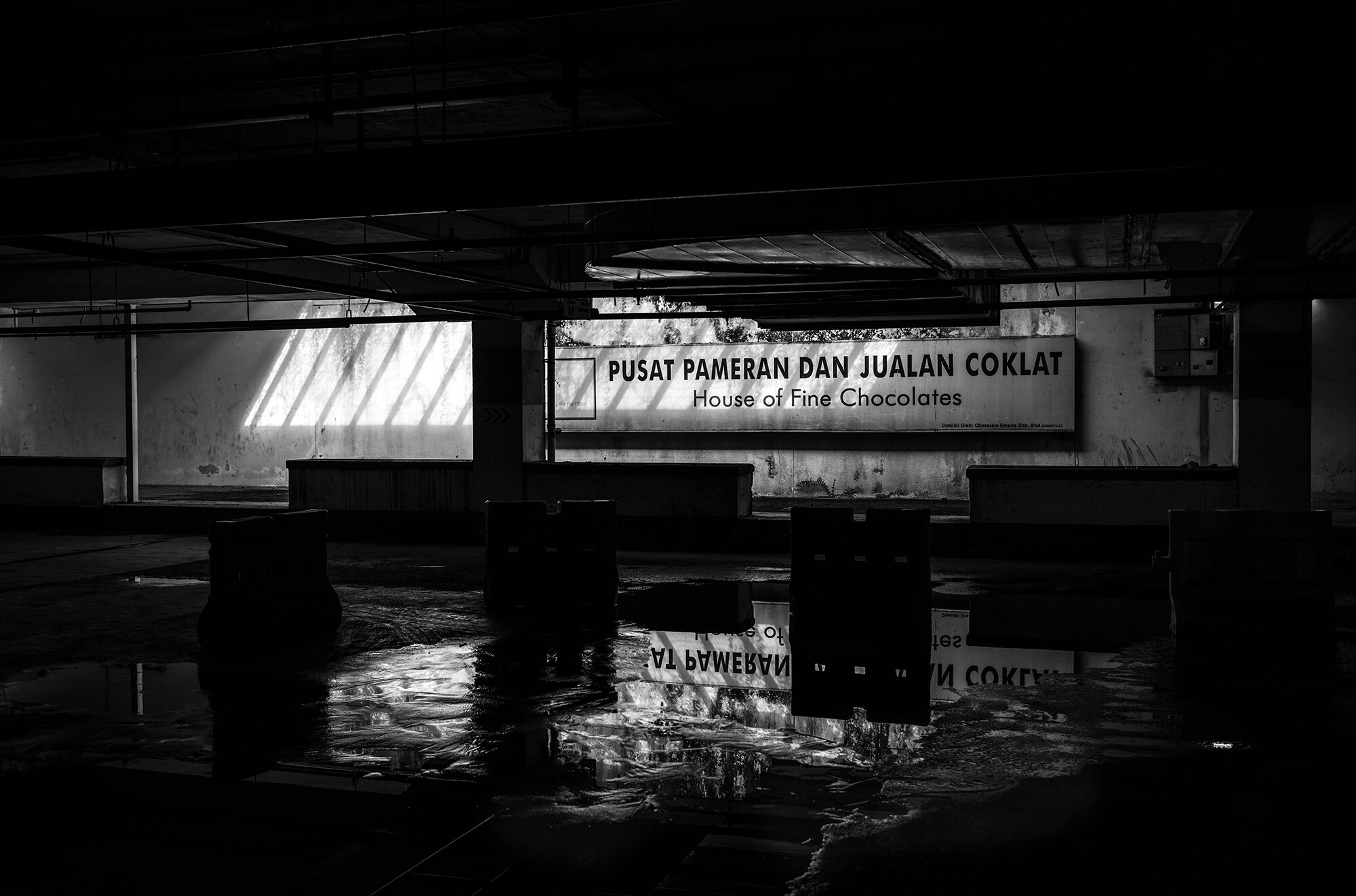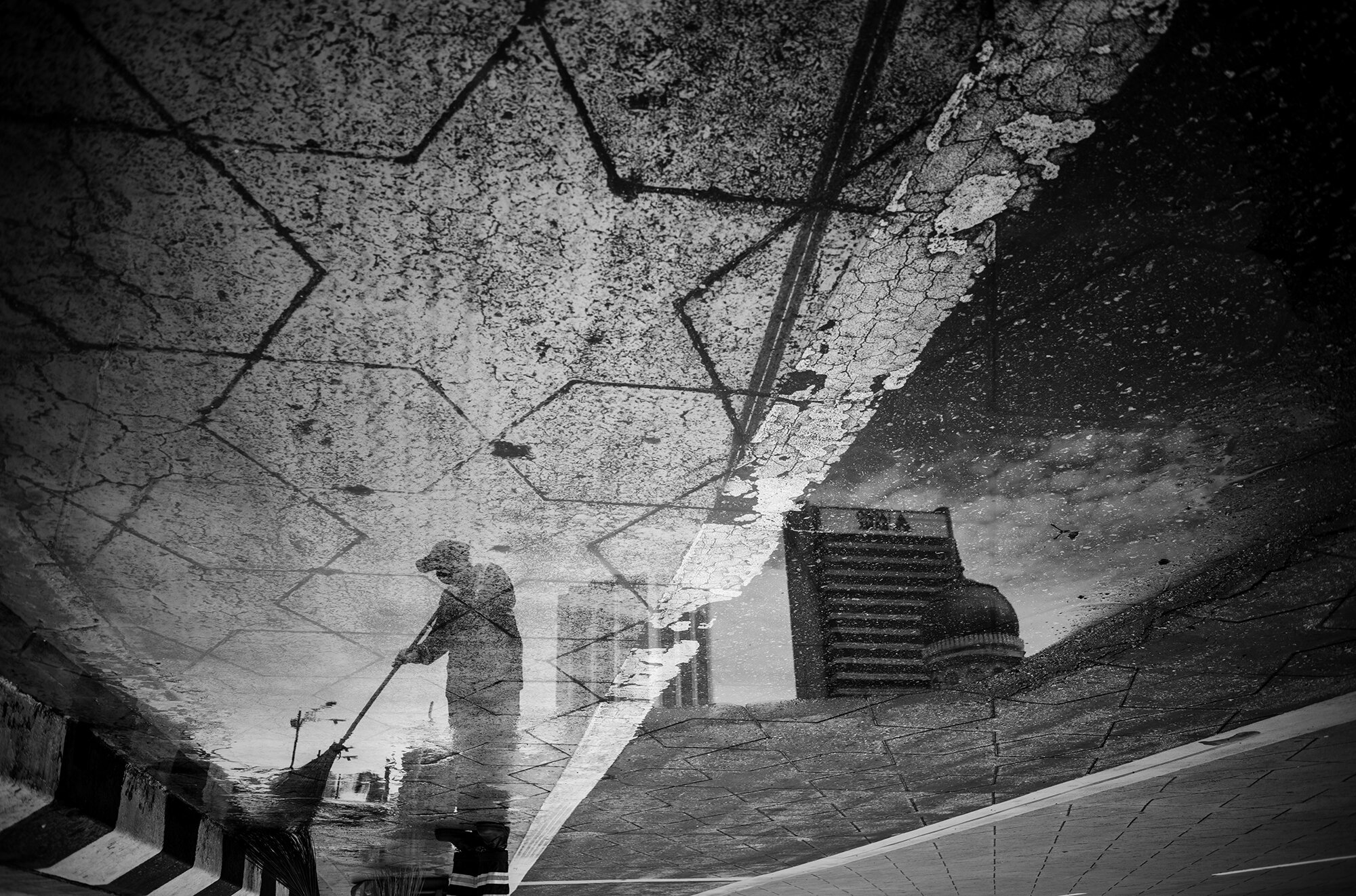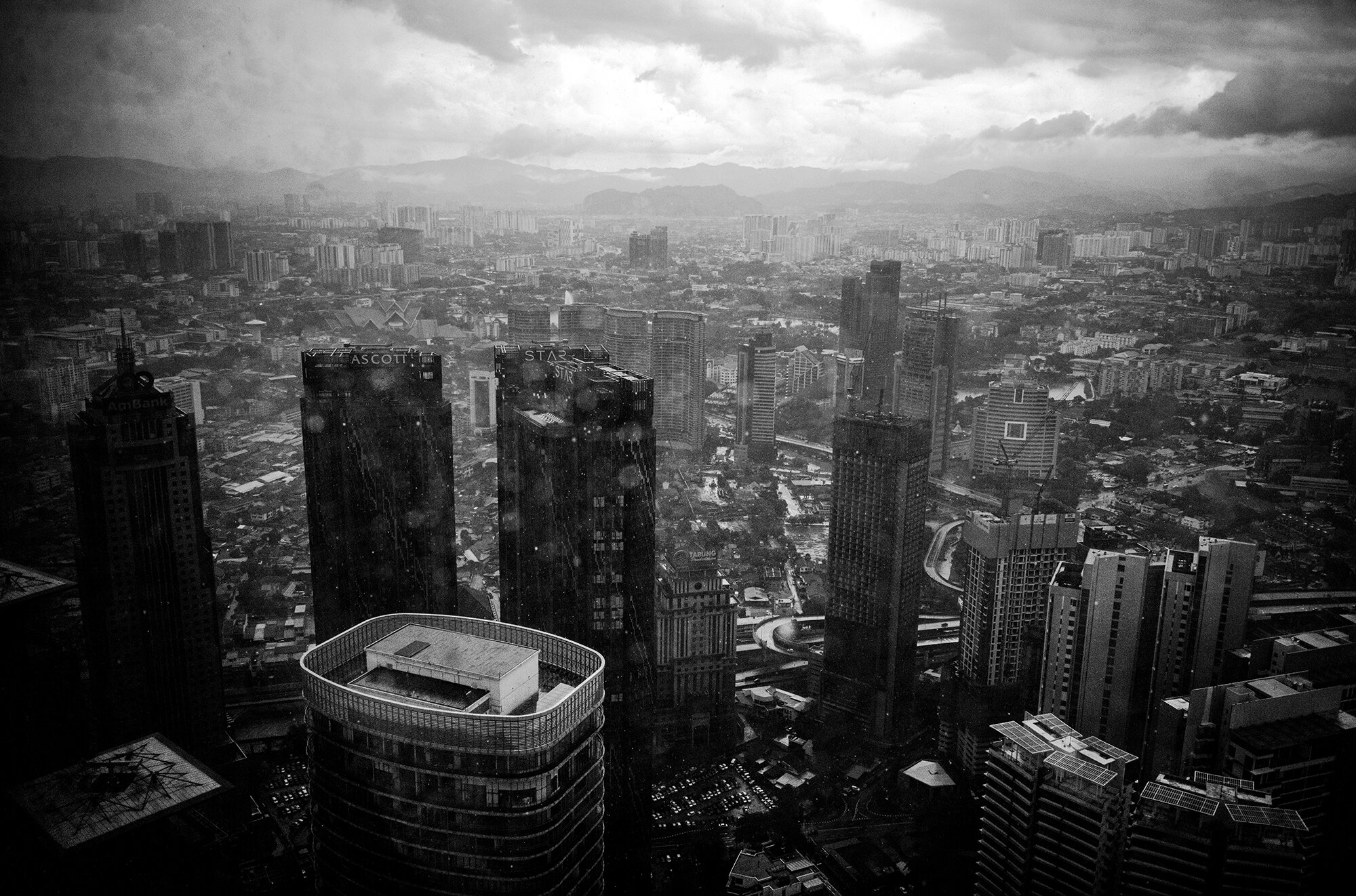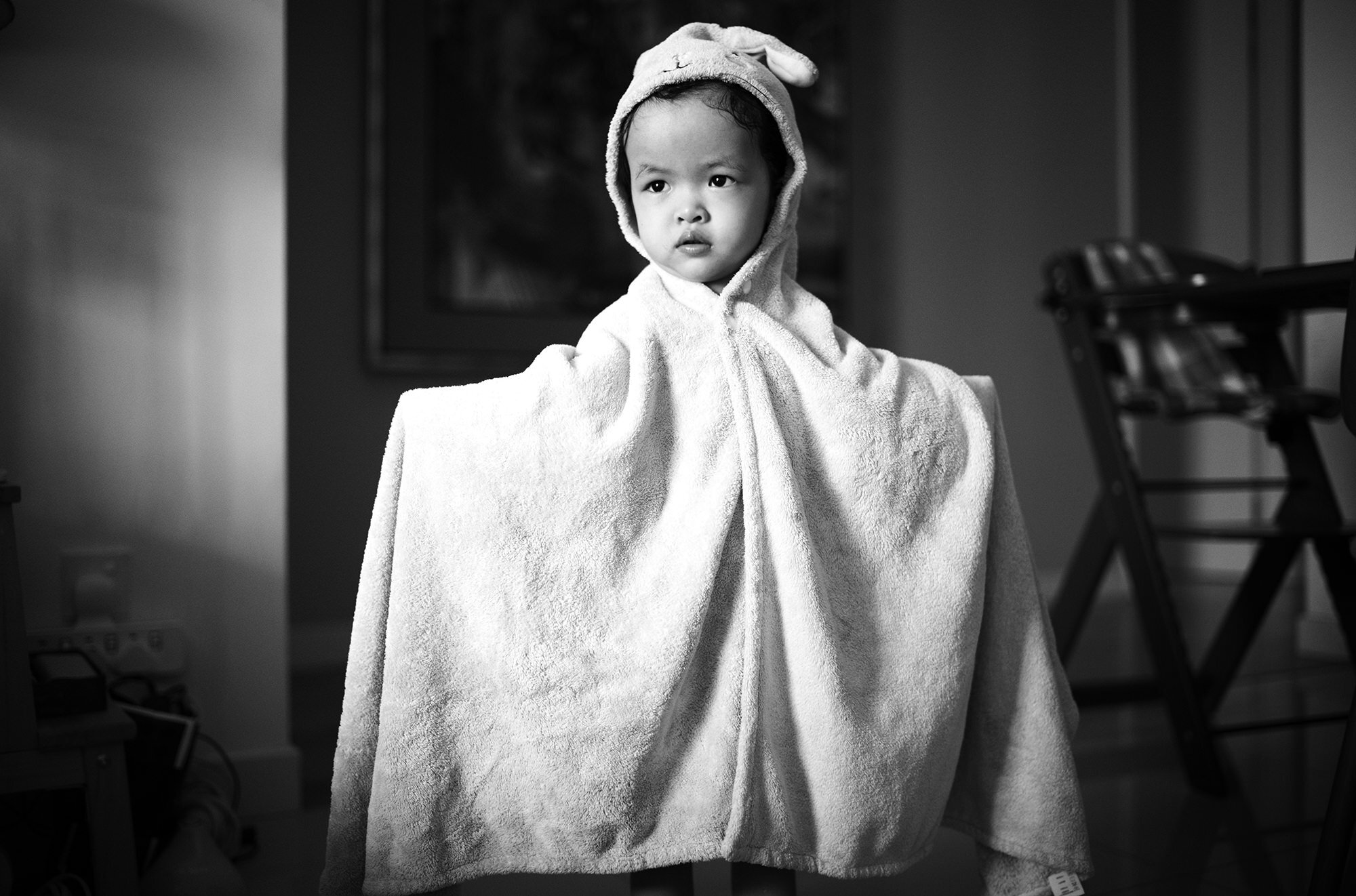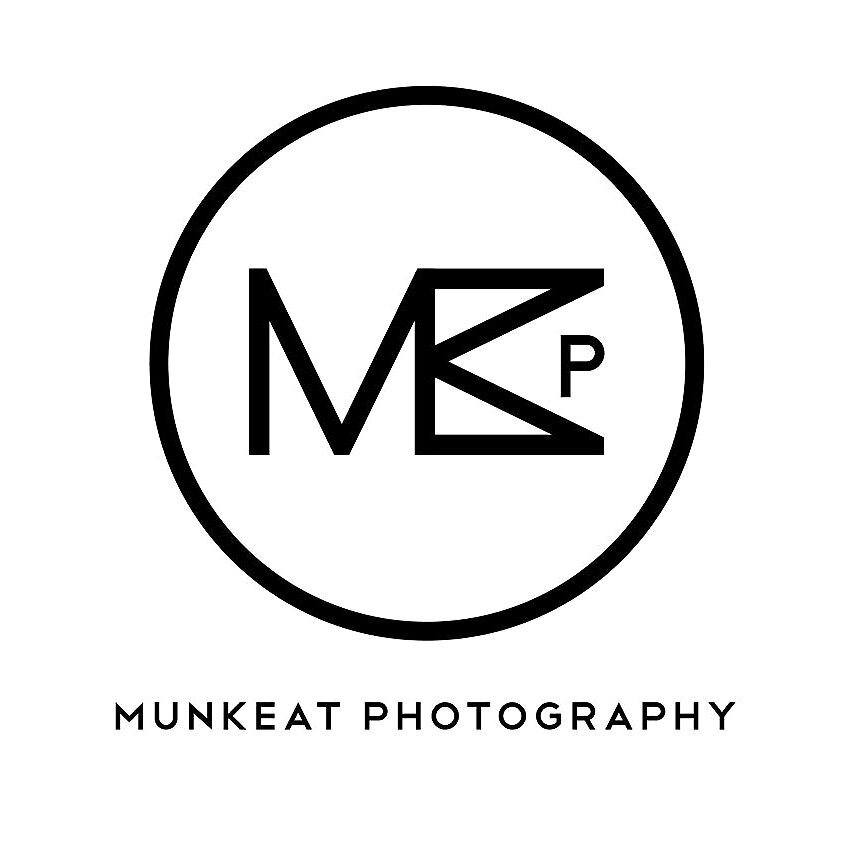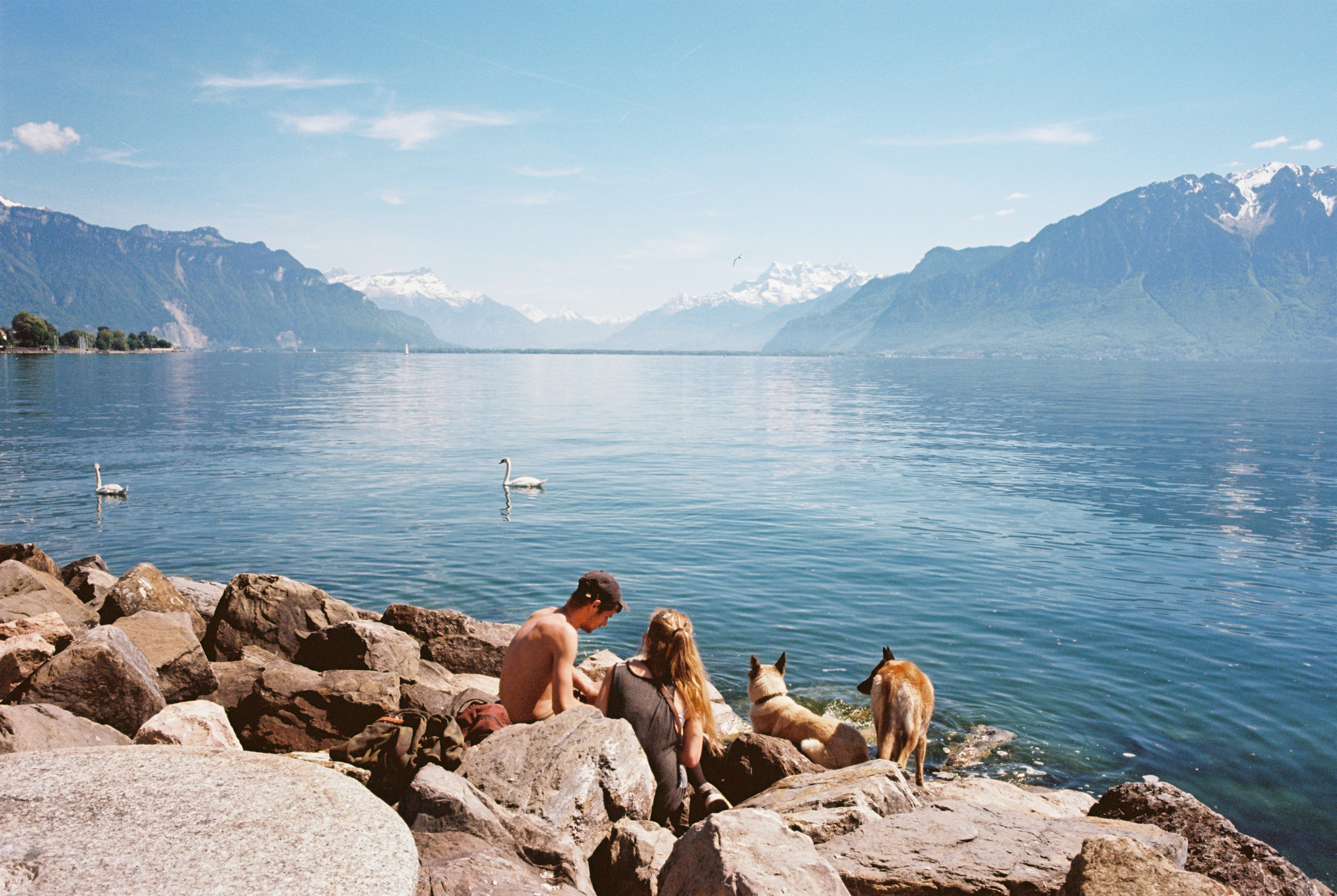I can still remember the day I first got myself a Leica camera. It has that mystical feeling or aura which I simply can't put it in words. My hands were sweating and my heart were racing when I was opening the DHL box after longing to own my dream camera for such a long time. The process is indeed rather daunting specially not everyone has the luxury to test every single one of the Leica M ( both film and digital ) in the market and pick the one that suits you perfectly. I am based in a Kuala Lumpur Malaysia and access to vintage film camera is already hard due to the lack of demand and popularity here. Hence I am writing this article to help out those who is keen on getting their very firstfilm Leica M. Below are some points to consider :
1. Do you need built in light meters ?
2. Favorite focal length ?
3. Budget ?
4. Purpose intended for ? Use or collection ?
NON LIGHT METERED M
Leica M3 - Around USD 1000 to USD 1300
Let's start off with the great grandfather of all M's ....the Leica M3. This is the first M every created by Leica dated back in 1954. The M3 is extremely well made, with brass top and bottom and the amazingly huge 0.92x viewfinder is a class on it's own. It has the largest viewfinder and focus patch ever made on any Ms to date. The widest frame-lines is 50mm hence if you are using a 35 or a 28mm lens, you will need an additional viewfinder mounted onto the hot shoe. The cocking and winding mechanism is buttery smooth and it's joy to use. This camera doesn't come with a built in meter ( as it wasn't even invented yet back then ) and doesn't require any battery to operate as it's fully mechanical. Hence you might need an additional light meter or sunny 16 metering method when one.
As the production life span of the M3 is around 12 years , there are minor updates being implemented along the way hence later / bigger serial number would be more sought after by collectors and users alike. Early production M3 starting from approximately around ( 700,000 ) would have a double stroke cocking mechanism, which means you need to turn the film lever twice to advance one frame. German has always been really safe and precise with their engineering and it's actually a safety factor to avoid film breakage. This function was later changed to single stroke as it reaches 850,000 production number. Go for serial number 950,000 and above and you will be sure to have all the latest and greatest upgrades such as even larger viewfinder, self timer, modern strap lugs and unbreakable metal pressure plate. A chrome M3 will set you back around USD 1.2k while the rare original black paint one is about the price of a kidney : )
Pros : Highest magnification M ever produced ( 0.92x ) hence perfect for 50mm shooter, amazing built quality , silky smooth mechanism , works great with summilux and noctilux , believe to be built without compromise and manufacturing cost in mind . Historic value as it is the first M ever made !
Cons : No light meter , need additional viewfinder to use wider than 50mm focal length , slower film loading mechanism ( but fool proof ) , needs to hunt around for a really good unit as it's the oldest M of the lot. Iconic camera hence most sought after.
Leica M2 - Around USD 650 - USD 900
The M2 was created a year or two after M3 was launched based on feedback gathered from photographers. It's a more affordable version of the M3 as many photographers couldn't afford the M3 back then. Hence some functions and features were removed to keep the price down. The automatic film counter on the M3 was replaced with a cheaper manual reset version. Secondly early production M2 doesn't come with a self timer function but later it was added back during halfway of the production cycle. The viewfinder magnification was reduced from the whooping 0.92x to the more modern 0.72x to cater for 35mm focal length. The outlook is still pretty much the same as the M3 except for the top penal which has an obvious rounded film counter. The build and feel is still as good as the regular M3. For the price it makes a good first M camera for most user due to it's attractive price point. One can always add a Leica MR4 or Voightlander VC2 pocket size light meter on the camera hot shoe which makes life a lot easier.
Pros : Wider 0.72x viewfinder makes it more suitable for 35mm focal length, same amazing built quality as the M3 with silky smooth operation, flare proof viewfinder and more affordable as it's often overshadowed by the more bling up M3. A real workhorse.
Cons : No light meter, slower film loading mechanism as M3, manual reset film counter, no self timer on some earlier units ( if you are into selfies )
Leica M4 - Around USD 1400 to USD 2000
There are a few variation of this cameras being produced, the original first production M4 and the later M4-P and M4-2. I would suggest to stay away from the later ones as they were never really sought after. The M4-P and M4-2 were made during the economic down turn of the company, production was moved from Germany to Canada and many of the parts were replaced with lower quality ones. The original M4 is still the best among the rest in my opinion, it still has the same construction as the M2 and M3 with a modern film winding mechanism , easier film loading method and the same 0.72x viewfinder magnification. Again the black version is more sought after by collectors due to it's rarity. Many regard the M4 as the last best classic film M ever produced.
Pros : Modern film loading, modern film winder, still made the same way as the M2 and M3 with top notch materials.
Cons : High price due to it's collectability and rarity as production life was not as long as it's older siblings.
METERED M
Leica M5 - Around USD 800 to 1300
The M5 is the most unique of all film Ms. It's the first M with a built in light meter and the operation was rather primitive but highly accurate. The cds light sensor moves into the front of the shutter curtain once the film is cocked and moves out of the way when the shutter fires. The size of the light sensor is rather small hence it operates like a spot meter. Due to the moving mechanism, some wider angle lenses such as 4/21mm and 3.4/21mm Super Angulons which has a deep protruding rear elements which extends almost to the front of the shutter shutter on the camera when mounted. The earlier version of the collapsible lenses should be avoided as well as these lenses might hit the light sensor moving arm and cause great damage.
Besides that, the M5 body shape and ergonomics was redesigned ground up. It borrowed many of it's design ques from the Single Lens Reflex ( SLR ) camera which was just introduced in the market during that time. The body was larger for better grip ( like an SLR ), the small shutter speed dial from the past was replaced with larger ones which overhangs on the sides with allow the index finger to maneuver it easily, strap lugs position been changed for more ergonomic , film winder been switched to the bottom plate for easier operation. Some calls it ugly but I think it's a beauty. Due the larger body size, it balance with the heavy 50 Noctilux or 50 Summilux really well but when mounted with smaller 35 mm lenses ...it does looks weird. The M5 wasn't loved by much and it was discontinued not long after making it one of the shortest production life M ever made.
Despite it's 'ugly ducking' moniker, the M5 is one of my favorite so far. The metering is spot on accurate, fast and ergonomics maneuvering and it balance with my chrome 50 Summilux really well.
Pros : Ergonomics , love the spot meter , reasonable price, 1.35v mercury been discontinued hence replacement Wein Cell is not as easily available.
Cons : Big and bulkier than a regular M, collapsible and wider lenses might not be compatible, doesn't looks like a regular M which most people love.
Leica M6 - Around USD 1400 - USD 1800
Leica M6 started it's production life from 1984 to 2002 hence there have been quite a few variations and improvements being implemented along it's production life. The M6 has a few variations ...the Classic and the TTL version and all comes with 3 variations of viewfinder magnification 0.58x , 0.72x and 0.85x
Viewfinder comparison

